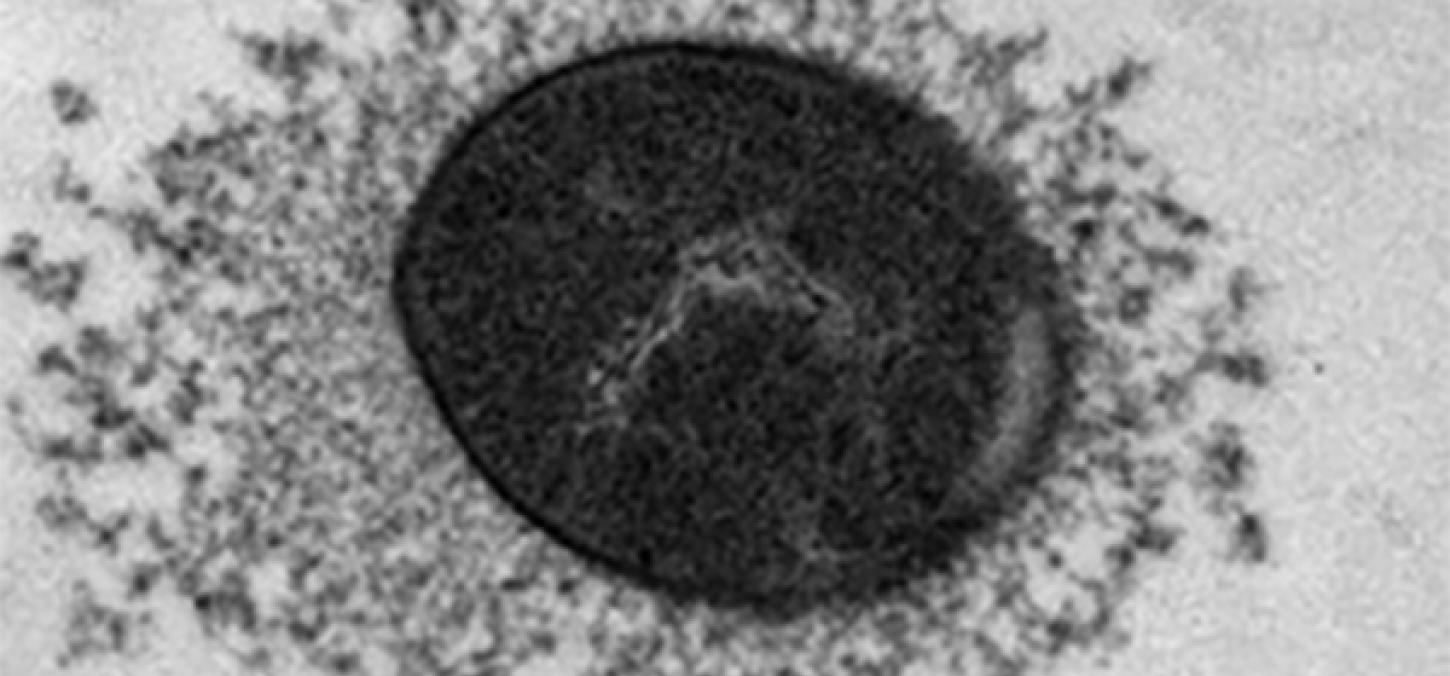
A new look at an old foe: Mechanical properties of streptococcus pneumoniae bacteria can be used to measure its virulence
The mechanical stiffness of streptococcus pneumonia’s outer layer may be key to its virulence. So says assistant professor Laurent Bozec who, along with a team of international scientists led by professor Jeremy Brown of London’s Rayne Institute, has discovered a previously unknown relationship between the mechanical properties of this bacteria and its virulence.
Streptococcus pneumoniae have a furry “capsule,” an outer layer made of polysaccharides. While previous studies have shown that this capsule makes the bacteria more infectious, little was understood about how the capsule actually worked.
The stiffness of the capsule had a direct, corresponding relationship to the bacterium’s virulence
Imaging at the nanoscale
Bozec and his collaborators, hailing from England, Denmark and Norway, decided to look at the problem from a different – nanoscale – angle, through the use of atomic force microscopy (AFM). AFM records the topography and stiffness of objects at the sub-microns scale, allowing scientists to understand the properties of those objects at the highest resolution possible. With this kind of imaging and mechanical probing, the team could investigate the bacteria’s surface without altering its natural shape or conditions.
Streptococcus pneumoniae were specifically engineered with capsules of varying size and shape for the study. This gave the team the opportunity to examine different behaviours of the capsules one single, whole and living bacterium at a time. Some behaved like rubber, stretching out. Other times, the capsules were stiff.
That’s when things got interesting. “We had a Eureka moment,” says Bozec.
Even with different capsules on the bacteria, the same ratio played out again and again: the stiffness of the capsule had a direct, corresponding relationship to the bacterium’s virulence. “We could mix and match but if the ratio was met, the virulence was clear,” says Bozec.
The finding may allow scientists a lot more room to explore this notoriously deadly bacteria. If a bacterial strain’s virulence can be accurately predicted based on a specific mechanical ratio, treatments can become more targeted. The study was published in the scholarly journal, ACS Nano.
Photo: streptococcus pneumonia (Laurent Bozec et. al.)